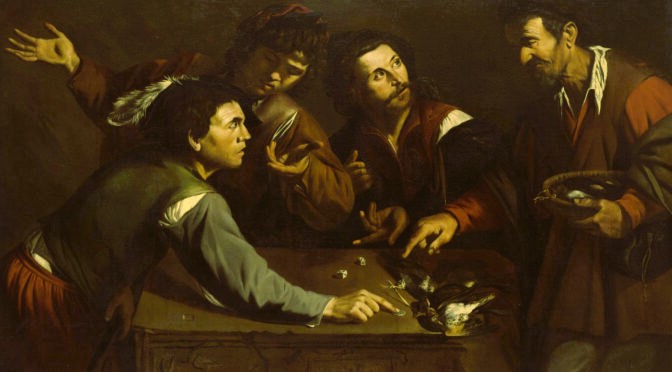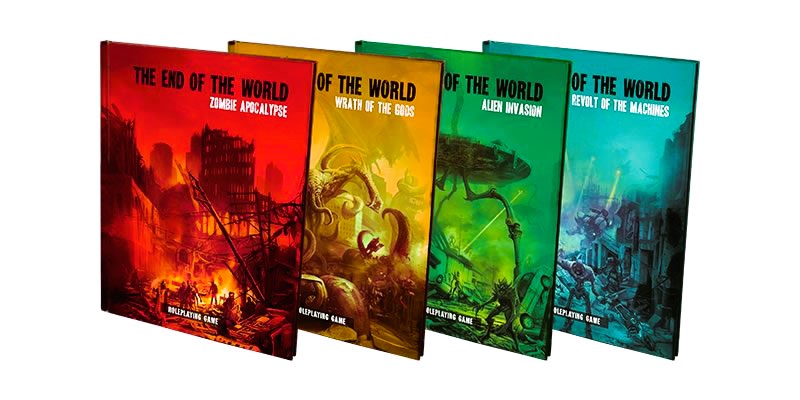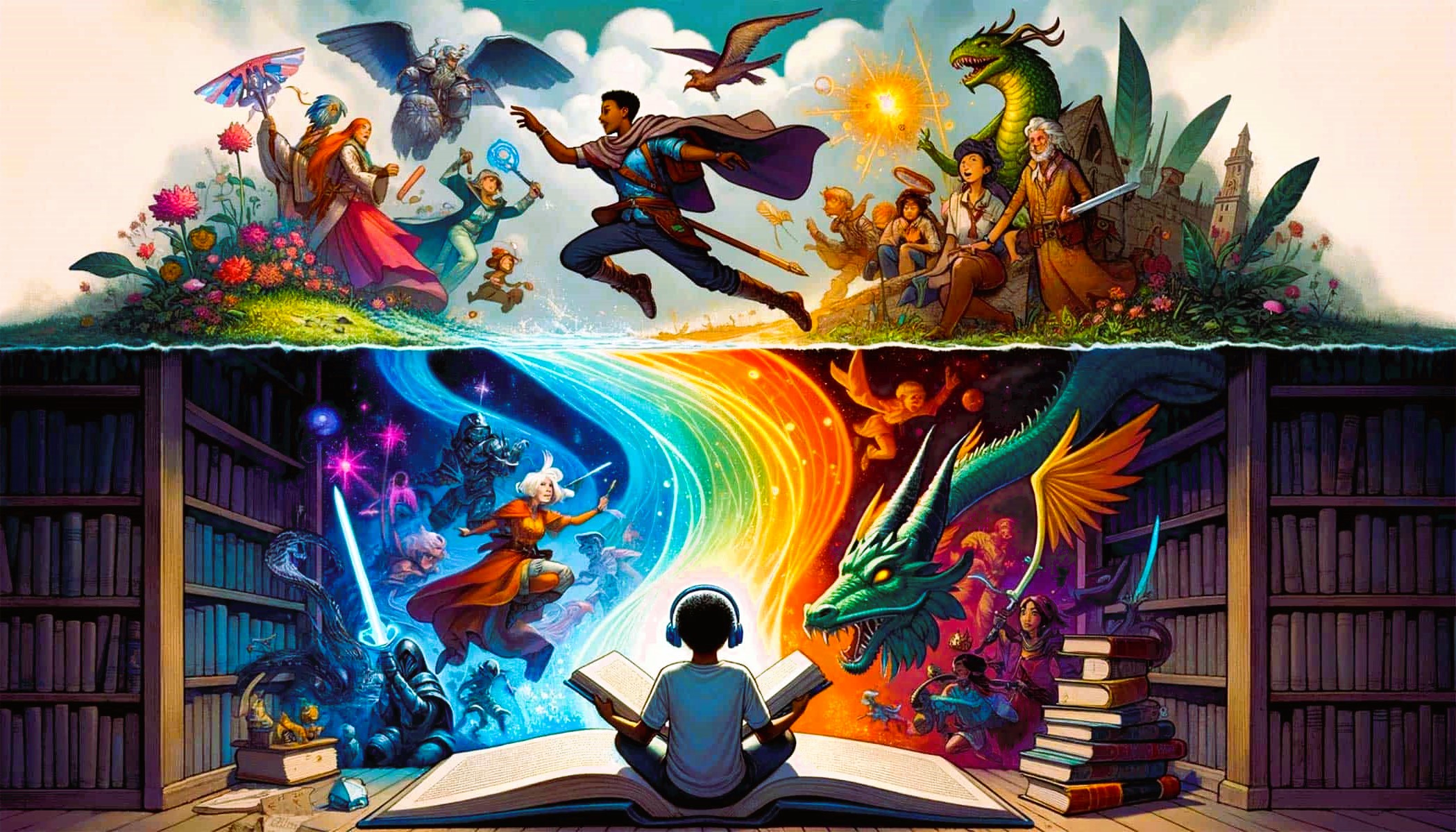The History of Thematic Worlds in Tabletop RPGs
Tabletop role-playing games (RPGs) have long been celebrated for their ability to transport players into imaginative worlds filled with adventure, intrigue, and endless possibilities. Central to this experience are thematic worlds, carefully crafted settings that serve as the backdrop for epic quests and heroic deeds. This article delves into the history of thematic worlds in tabletop RPGs, exploring their evolution, impact on gameplay, and enduring appeal among players and game masters alike.
Origins and Early Influences
The concept of thematic worlds in tabletop RPGs can be traced back to the foundational works that shaped the genre in its infancy. One of the earliest and most influential RPGs, Dungeons & Dragons (D&D), introduced players to the world of Greyhawk in 1974. Created by Gary Gygax and Dave Arneson, Greyhawk set the standard for immersive campaign settings, featuring diverse regions, ancient ruins, and iconic dungeons teeming with monsters and treasures.
Expanding Horizons: Campaign Settings and Modules

As the popularity of tabletop RPGs grew throughout the 1980s and 1990s, game publishers began to release dedicated campaign settings and adventure modules that expanded upon the core rules of existing systems. These thematic worlds offered players and game masters (GMs) pre-designed settings complete with detailed maps, histories, and NPCs (non-player characters), allowing for cohesive storytelling and world-building.
- Forgotten Realms: Introduced as a campaign setting for D&D in 1987, Forgotten Realms became one of the most expansive and beloved thematic worlds in tabletop RPG history. Created by Ed Greenwood, this high fantasy setting features diverse cultures, powerful deities, and epic conflicts, providing players with countless opportunities for heroic exploits and political intrigue.
- Ravenloft: Known for its gothic horror themes, Ravenloft debuted in 1990 as a campaign setting that explored the darker aspects of fantasy storytelling. Developed by Tracy and Laura Hickman, Ravenloft features domains ruled by malevolent beings known as Darklords, each domain reflecting different aspects of fear, despair, and supernatural terror.
- Planescape: Introduced in 1994, Planescape revolutionized thematic worlds by exploring the cosmology of D&D through the lens of philosophical concepts and interdimensional travel. Developed by David “Zeb” Cook, Planescape’s Sigil, the City of Doors, serves as a hub connecting infinite planes of existence, each with its own unique rules and inhabitants.
Evolution of Thematic Diversity
As tabletop RPGs continued to evolve into the 21st century, thematic diversity became increasingly prevalent, offering players a wide array of settings and genres to explore:
- Steampunk and Science Fiction: Games like Shadowrun (1989) and Numenera (2013) blend elements of fantasy with futuristic technology, allowing players to navigate cyberpunk cities or explore post-apocalyptic landscapes.
- Historical and Alternative Realities: RPGs such as Call of Cthulhu (1981) and A Song of Ice and Fire Roleplaying (2012) transport players to historical periods or alternative realities inspired by literature and mythology, each with its own set of challenges and mysteries.
- Unique Settings and Indie RPGs: Indie RPGs like Fiasco (2009) and Blades in the Dark (2017) challenge traditional conventions by exploring unconventional themes and narrative structures, encouraging players to experiment with storytelling and character-driven gameplay. Do you like our articles? Read also about Horror RPG Games.
Impact on Gameplay and Player Experience
Thematic worlds play a crucial role in shaping gameplay experiences in tabletop RPGs:
- Immersive Storytelling: Detailed settings and lore enhance immersion, allowing players to engage deeply with their characters and the world around them.
- Narrative Flexibility: Thematic worlds provide GMs with a framework for creating dynamic narratives and adapting storylines based on player actions and choices.
- Community and Collaboration: Players often form communities around their favorite thematic worlds, sharing fan-created content, campaign ideas, and memorable experiences with fellow enthusiasts.

Future Trends and Innovations
Looking ahead, tabletop RPGs continue to innovate with digital tools, virtual tabletops, and interactive storytelling platforms that enhance accessibility and connectivity among players worldwide. Thematic worlds remain at the heart of these innovations, inspiring new generations of players to embark on epic adventures and shape the narratives of their favorite RPG settings at free minecraft server hosting.
Thematic worlds in tabletop RPGs represent a cornerstone of the genre’s enduring appeal, offering players a canvas upon which to create heroic tales, explore diverse cultures, and confront existential threats. From the dark realms of Ravenloft to the cosmic mysteries of Planescape, these settings continue to captivate players with their depth, complexity, and boundless potential for adventure.
For further exploration of thematic worlds in tabletop RPGs, visit Fandom for additional insights and resources.

